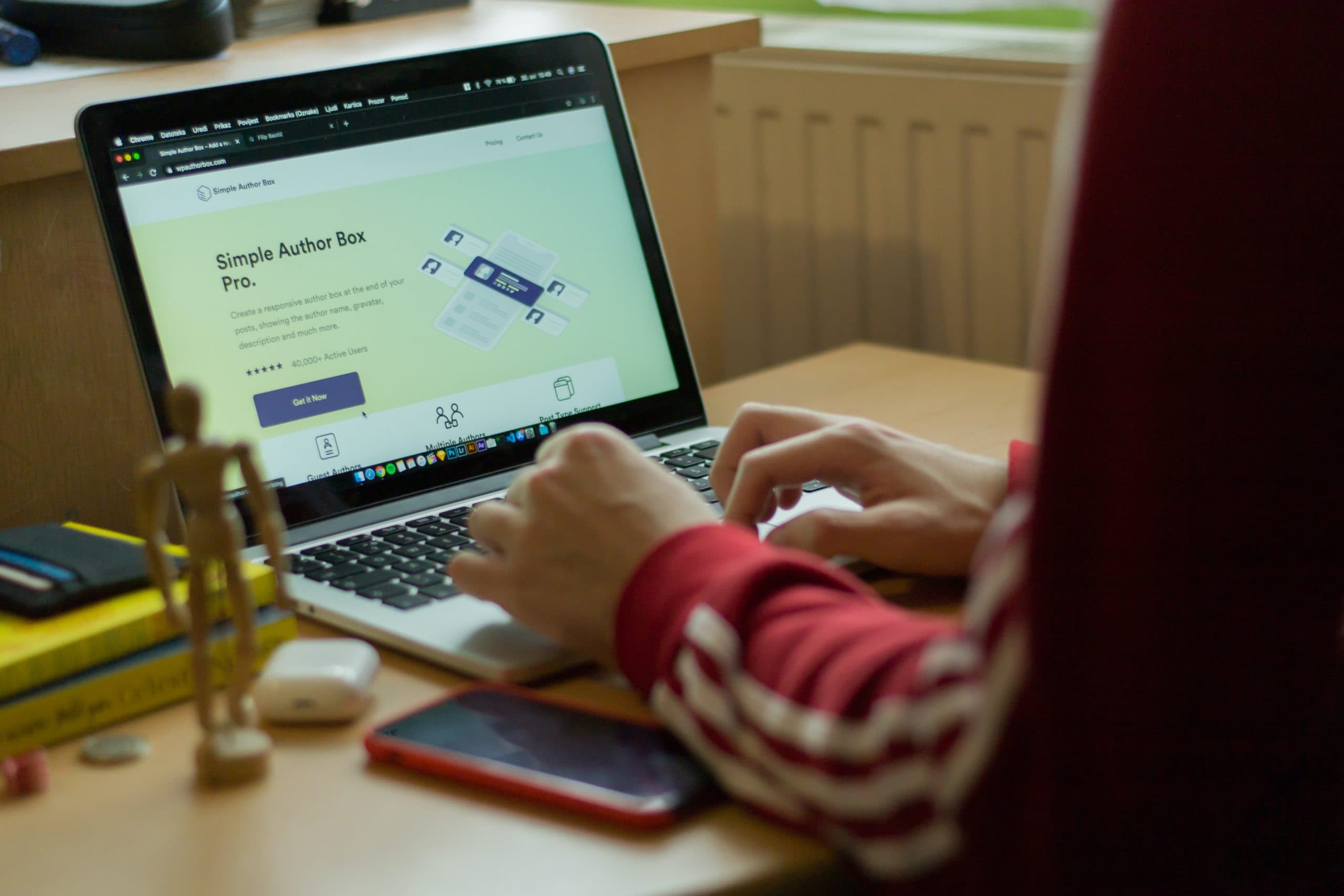What is user experience?
Well, the simple answer is that user experience is the feeling that users get when they visit your place of business, or, in this case, your digital place of business – your website. In practice, however, user experience is a little more nuanced than this. It refers to a whole host of different aspects, each of which influences how your user interacts with your business.
But we’re not going to go into the details of user experience today. Instead, we’re going to look at the nuts and bolts of just how you can improve this user experience and raise your conversion rate.
How to improve user experience and get more conversions
So, how exactly do you go about improving user experience on your website and raising conversion rates in the process? We have compiled some of the most important techniques you can use as you craft this supreme experience, helping you to reap the rewards that great UX brings to your business.
Separate CTAs
Your calls to action – or CTAs – are what tell your users what they need to do next. Without this, your website becomes directionless, and you are likely to miss out on conversions. But it’s not just about you – your users want to see these CTAs, too. After all, your users are on your website for a reason, and they need to know what to do next. Without a CTA to guide them, they may quickly get frustrated and head elsewhere.
With this in mind, you need to make your CTAs easily visible and navigable. Yes, you can tell your users what they need to do in the body of the copy itself, providing this is relevant to your topic, but you also need clearly separated CTAs to get the best results. This delivers a smooth and streamlined experience to your users.
Break up elements into separate parts
Your visitors don’t want to get lost in huge amounts of text when they land on your page. While the information you are delivering may be pertinent and very interesting, the majority of users are not going to read through it all. As a result, important pieces of info could get lost, which leaves the customer dissatisfied and could impact your sales.
Consider the psychology of the customer and put yourself in their shoes. They want to be able to digest information quickly and easily, rather than having their senses assailed by blocks of text. By breaking your content elements into clearly separated parts, you are supporting a far more positive experience for your user.
It may also be a good idea to consider other ways you can deliver your information. For example, infographics and video content make a welcome change from text-based content, and your users will certainly agree.
Gain a deep understanding of how people are navigating and clicking
Digital marketing experts tend to be borderline obsessed with data, and with good reasons, as data is key to delivering a great experience to your users. It is this data that will help you understand user behaviour when they visit your site, as well as give you the insight you need to optimise this experience. Your content management platform and analytics tools can help you gather the data you need.
Look at how your users are navigating the site. Perhaps you have users who are arriving at a specific landing page via a PPC service, making a single purchase, and then leaving. This is great because they are converting, but are there other products that they may be missing – products that could benefit them directly? You could improve their experience, and increase your revenue, by presenting other similar products or add-ons to this customer.
On the other hand, you might notice that customers are taking a specific route through your site, then hitting a bottleneck. Recognising this bottleneck will provide you with information on how you can eliminate it and will optimise the user experience. The fact that users are interested in your content is certainly positive, but you need to streamline their journey through your site.
Identify potential design changes and improvements so you can start testing
Drawing upon analytics data can also give you some information on what is working and what is not working on your site. If users are bouncing away from your site immediately, for example, this is probably an indication that something is not right with your homepage design. Maybe key information is not being transmitted, or it could be that the aesthetics of your design do not properly reflect your business.
These are just a couple of examples, of course. There are many factors that may need improving on a website, and this process of development is an ongoing one – your user experience evolves over time to reflect the needs of your customers. Take the time to check your user behaviour data regularly so you can assess what changes need to be made.
But how do you go about making changes once this need has been identified? Testing is crucial here. Adopt a policy of A/B testing – deploy two options and then measure the user response to each before feeding this information back into your design process.
Optimise the most important pages
Of course, all of your pages need to be optimised. But SEO is a big job for your company, and it doesn’t make sense to spread your budget and resources too thinly. Instead, focus on which pages are most important to your strategy – or, more specifically, which pages are most important to your user experience.
You can return to the aforementioned data as you identify these pages. Which pages are your users spending time on? Which pages direct your customer towards conversion with efficiency and speed? Make sure these pages are optimised so it is these pages that the user encounters first when they search for your business online.
Improve your customer service
Good old-fashioned customer service should not be overlooked, even in this digital age. Perhaps that should be “especially” in this digital age, as the user experience is now so swift and streamlined that customer service is more important than ever.
Diversity is important here. Make sure your users have all of the traditional customer service channels open to them – telephone and email, for example, or pieces of content that provide in-depth support. Next, ensure that you are also providing digital options, such as live text bots or direct chat with customer service agents.
These elements make up the front line of your user experience strategy, providing users with a fully transparent, fully reliable means of getting in touch with you whenever they need to.
Make user experience your priority, and watch conversions rise
You can achieve a great customer experience when you choose a custom web design service and apply some of the techniques we’ve discussed above. This approach is something your business cannot do without, as conversion rates are tied directly to the experience your user receives when they visit your site.
Reach out to our design and development team today and discover more about how we can make this happen for you.

